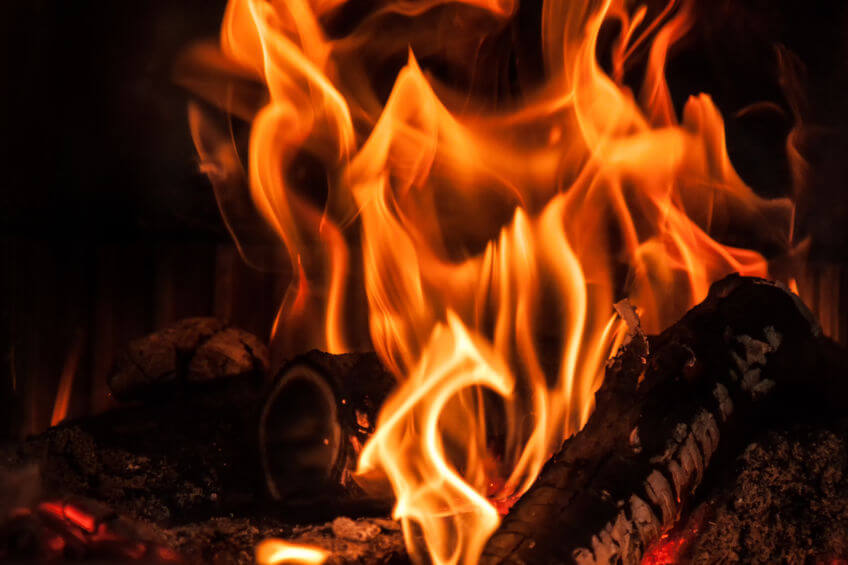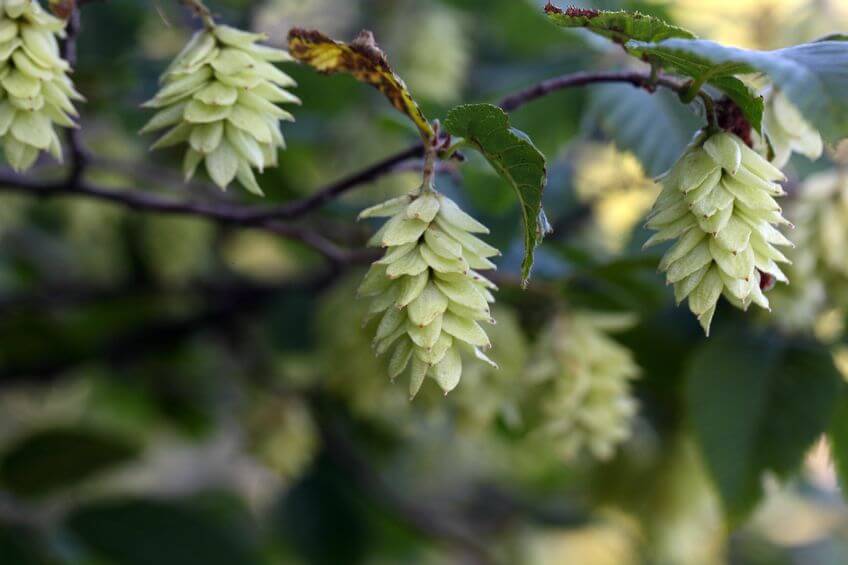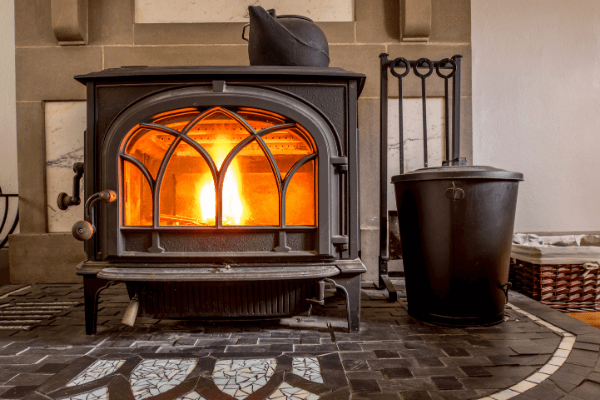- Home
- Firewood Types
- Ironwood Firewood
Ironwood Firewood
This post may contain affiliate links so I earn a commission.
Ironwood firewood is commonly used as a blanket term for several different types of dense firewood producing trees.
Depending on where you live Blue Beech, American Hophornbeam, Eastern Hophornbeam and even Musclewood (due to its twisted trunk and resemblance to a muscle) are names given to describe "Ironwood" which makes identifying the tree somewhat confusing.
No matter which name you decided to call it, ironwood is fantastic firewood.
If you're lucky enough to live in a region where it grows you should definitely consider adding some to your firewood shed.
A few years ago I ordered a semi load of firewood.

The logs were delivered in 8' lengths and consisted of a variety of hardwoods like sugar maple, ash, elm and beech.
As I cut through the pile I came across a decent amount of hophornbeam also known as ironwood.
Although the wood was only about 4 to 6 inches in diameter, the wood was incredibly dense, hard to cut and weighed noticeably more than some of the other hardwoods similar in size.
To learn more, let's take a closer look at the tree we all call ironwood and the firewood it produces.
Ironwood Firewood
The American hophornbeam stretches across most of the eastern United States.
The trees are not very large and a majority of the wood cut from an ironwood tree are stove sized and don't require splitting which is a huge benefit.
Generally speaking an average tree would be about 4" - 6" in diameter and a very large tree would be around 8" - 10" in diameter and they grow to a maximum height of 40 feet.
The fruits on the tree are contained inside hop-like capsules similar in color and appearance to the hop plant which gives this tree its unique name.
 American Hophornbeam
American HophornbeamThe wood is dense and it's great for making hand tools, mallets, levers and fence posts.
They also work well for making stakes on the side of a stake truck because they're so strong.
Historically they were used to make wooden longbows because of its resistance to compression.
Ironwood firewood burns very hot and I have best results when mixing it in with other firewood types like maple or oak.
Since modern day stoves have advanced air settings to control the fire inside the firebox you can control the heat to keep it at a safe level.
However, you should still use caution when burning ironwood so you don't over fire your wood stove and cause damage.
Since a majority of the wood from an ironwood tree is stove sized, you won't have to split many of the pieces but if you do, the wood is stringy and somewhat difficult to split.
Every once in a while I do find a tree that splits a little bit easier than most, but overall it takes a lot of effort.

The wood is extremely hard making it tough on chains.
If you're going to cut a lot of ironwood, you'll want to bring something along to keep your chainsaw chain sharp!
The wood burns clean, hot and leaves great coals making it perfect for an overnight burn on the coldest of winter nights.
Ironwood Firewood - Overall
Overall you can't go wrong with ironwood.
Since it's a smaller tree it takes more effort to fill your woodshed, so convenience is the key when it comes to cutting the wood.
Look for trees that need to be cut down due to disease or damage, or if you're lucky like I was, maybe you'll come across some in a load of firewood you buy from a local logging company.
Either way, you'll be happy you have some ironwood in your woodshed this fall.

About the Author
Obsessed with firewood, Nick is behind over 350+ of Firewood For Life's articles, as well as countless reviews, guides and YouTube videos to help readers like you reduce heating costs and create the perfect fire.


